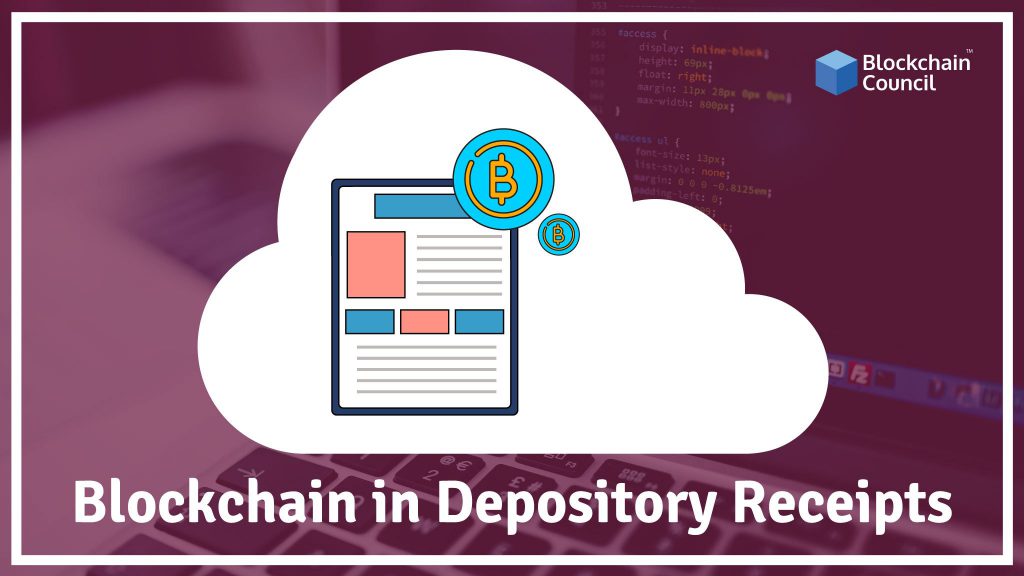
- Toshendra Kumar Sharma
- October 14, 2022
This receipt is an assignable financial instrument issued by a bank to represent a foreign company’s securities which are mainly traded publicly. The depository receipt in the blockchain trades mainly on a stock exchange of the local format. Depository receipts facilitate buying shares in foreign financial institutions. This is because the shares do not have to go away from the home country.
However, many depository receipts are not listed on a stock exchange and are liquid or traded only by institutional investors. Also, the liquidity of trading uncensored depository receipts is low, and a company does not back the securities. Investors may lose their entire principal. The depository receipt may be withdrawn at any time. Also, the waiting period for the shares being sold and the proceeds distributed to investors may be long. The bank may impose a substantial administration fee for each depository receipt holder, reducing any potential gain from the receipt.
How does it work?
A depository receipt typically requires a company to meet a stock exchange’s specific rules before listing its stock for sale. For example, a company must transfer shares to a house in its home country. Upon receipt, the brokerage uses a connected to the international stock exchange for selling the depository receipts. This connection ensures that the shares of stock actually exist and no manipulation occurs between the foreign company and the international brokerage house.
Process:
- The issuing bank in the U.S. studies the financials of the foreign company in detail to assess the strength of its stock.
- The bank buys shares of the foreign company.
- The shares are grouped into packets.
- Each packet is issued as an ADR through an American stock exchange.
- The ADR is priced in dollars, and the dividends are paid out in dollars as well, making it as simple for an American investor to buy the stock of a U.S.-based company.





































































 Guides
Guides News
News Blockchain
Blockchain Cryptocurrency
& Digital Assets
Cryptocurrency
& Digital Assets Web3
Web3 Metaverse & NFTs
Metaverse & NFTs
